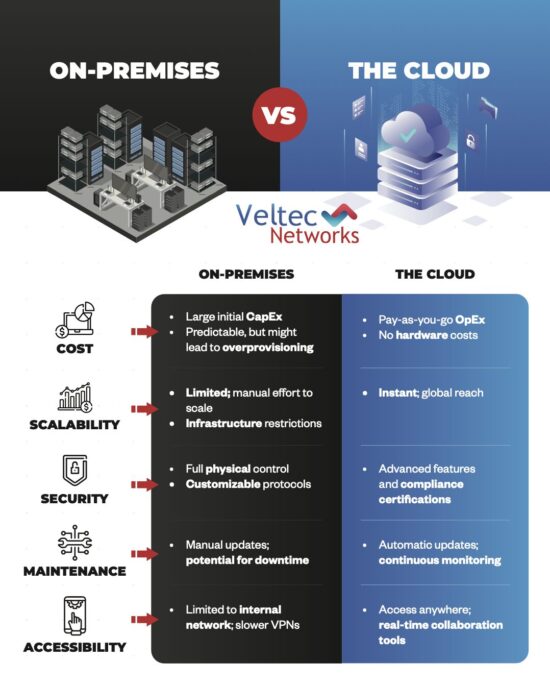Windows 7 After January 14th, 2020
Microsoft will be ending support for Windows 7, a beloved operating system, on January 14, 2020. This means there will no longer be security patches or bug fixes released to keep the operating system safe against cybercrime. A recent survey found that 17% of technology departments didn’t even know the deadline was coming up. In fact, 36% of all PCs in active use are still running the operating system, falling shortly behind the 43.6% of PCs running Windows 10. If hundreds of millions of PCs are still running it, why should you switch?
Does the End-of-Support for Window 7 REALLY Mean Anything?
The simple answer? Absolutely. Microsoft will no longer release security patches, updates, and bug fixes to resolve vulnerabilities as they emerge. Consider this: 67.7 million new strains of malware targeting Window were found in 2018 alone. That number is bound to increase as cybercriminals continue to become more sophisticated and coordinated with their attacks. It’s quite likely malware creators already have something in the works – ready to unleash as soon as the end-of-support date is here.
For Many Businesses, An Unsupported Operating System Isn’t a Viable Option Due to Compliance Standards.
Although the risks are HUGE no matter what industry you’re operating in because no business can afford to lose their valuable information to cybercriminals, those operating in highly regulated industries are at a major disadvantage. An unsupported operating system isn’t a viable option in many compliance standards, including but not limited to HIPAA, PCI DSS, and more. So aside from no longer being compliant with industry-specific regulations, what are the risks of running Windows 7 past the end-of-support date?
- Increased risk for malware and/or ransomware infections due to the fact that there will be no security patches or bug fixes released. When an exploit becomes known, cybercriminals will be able to attack that vulnerability with ease.
- More crashes and/or unexpected downtime as outdated technology tends to lag, crash, and fail more often than new technology. This will leave employees unable to get work done as efficiently as possible.
- Problems with software compatibility because most software vendors don’t create programs that support outdated operating systems – meaning you will likely experience even greater productivity issues.
- Higher cost to maintain and support as outdated technology becomes more expensive to run and you will not receive technical support from the manufacturer. It costs almost double to repair a system that’s more than 4 years old!
Even if you’re not operating in a highly regulated industry, losing confidential customer information to a data breach is detrimental to any organization’s reputation. Although preparing and budgeting for an upgrade can be frustrating, it’s a lot less costly and stressful than the alternative.
Let’s Start Your Migration to Windows 10 Now. Call Your IT Company in San Jose (408) 849-4441 to Get Started.






